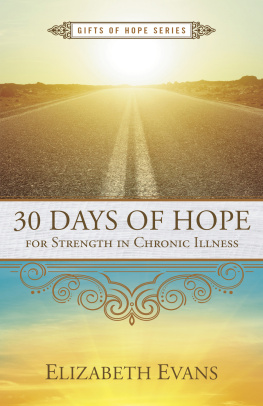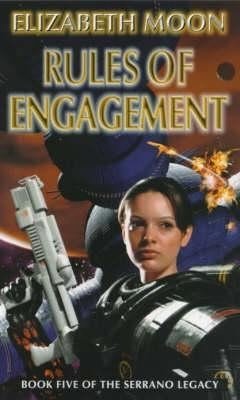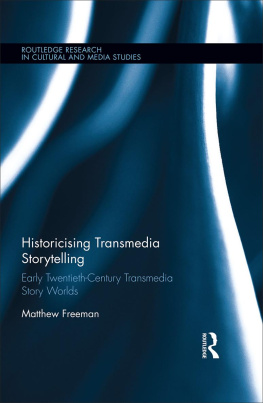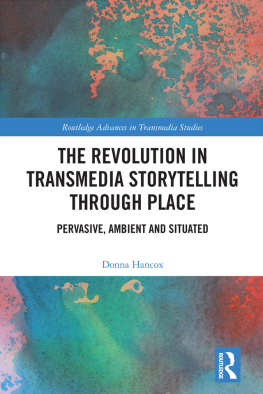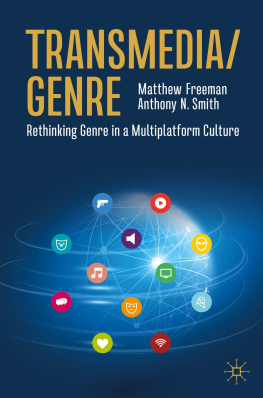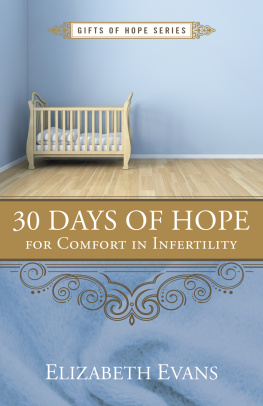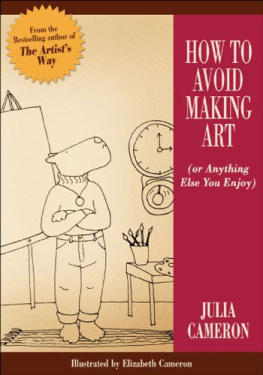
UNDERSTANDING ENGAGEMENT IN TRANSMEDIA CULTURE
This book offers a new, interdisciplinary model for understanding audience engagement as a type of behaviour, a form of response and a cost to audiences that, combined, offer value to the screen industries.
Audience engagement has become the key priority of the screen industries. Understanding Engagement in Transmedia Culture explicitly asks what audiences and screen practitioners mean when they say content is engaging and uses audience focus groups and practitioner interviews to offer a model for understanding the relationship between the screen industry, the content it produces and its audiences. In particular, the model addresses engagement within transmedia culture. As digital screen technologies proliferate, audiences move seamlessly across and between different devices, content formats and distribution platforms, blurring the boundaries between film, television and videogames. This book offers a way of understanding audience engagement that is not restricted to a single media but instead accounts for and adapts to the various ways in which screen content is experienced.
Offering a unique approach by presenting practitioner and audience perspectives, it is perfect for students and scholars working in film and television studies, as well as media industries and audience studies.
Elizabeth Evans is Associate Professor of Film and Television Studies at the University of Nottingham, UK. Her research explores the intersection between media industries, audiences, technology and narrative. She is the author of Transmedia Television: Audiences, New Media and Daily Life (Routledge, 2011).
First published 2020
by Routledge
2 Park Square, Milton Park, Abingdon, Oxon OX14 4RN
and by Routledge
52 Vanderbilt Avenue, New York, NY 10017
Routledge is an imprint of the Taylor & Francis Group, an informa business
2020 Elizabeth Evans
The right of Elizabeth Evans to be identified as author of this work has been asserted by her in accordance with sections 77 and 78 of the Copyright, Designs and Patents Act 1988.
All rights reserved. No part of this book may be reprinted or reproduced or utilised in any form or by any electronic, mechanical, or other means, now known or hereafter invented, including photocopying and recording, or in any information storage or retrieval system, without permission in writing from the publishers.
Trademark notice: Product or corporate names may be trademarks or registered trademarks, and are used only for identification and explanation without intent to infringe.
British Library Cataloguing-in-Publication Data
A catalogue record for this book is available from the British Library
Library of Congress Cataloging-in-Publication Data
Names: Evans, Elizabeth, 1981 author.
Title: Understanding engagement in transmedia culture / Elizabeth Evans.
Description: Abingdon, Oxon ; New York, NY : Routledge, 2020. |
Includes bibliographical references and index.
Identifiers: LCCN 2019038829 (print) | LCCN 2019038830 (ebook) |
ISBN 9781138632783 (hardback) | ISBN 9781138632790 (paperback) |
ISBN 9781315208053 (ebook)
Subjects: LCSH: Mass mediaAudiences. | Digital storytelling.
Classification: LCC P96.A83 E93 2020 (print) | LCC P96.A83 (ebook) |
DDC 302.23dc23
LC record available at https://lccn.loc.gov/2019038829
LC ebook record available at https://lccn.loc.gov/2019038830
ISBN: 978-1-138-63278-3 (hbk)
ISBN: 978-1-138-63279-0 (pbk)
ISBN: 978-1-315-20805-3 (ebk)
Typeset in Bembo
by Apex CoVantage, LLC
For Mum and CJ
This book first started out as a casual comment to friends about what people mean by engagement over a drink in a pub in 2010. Its been a slow process of research and writing since then and this book wouldnt exist if it werent for my colleagues, friends and family. Roberta Pearson offered vital advice on a number of chapters and Cathy Johnson and Paul Grainge were involved in numerous discussions around the projects inception. My other colleagues at the University of Nottingham have supported this project throughout its long gestation, most notably Gianluca Sergi, Mark Gallagher, Julian Stringer, Leora Hadas, Daniel Mutibwa, Alex Simcock, James Mansell and Hongwei Bao. The ISIR braintrust offered invaluable advice for venturing into practitioner interviews. I would also like to thank several of my PhD students who took part in very useful conversations about the project, including Valentina Anania, Betti Bodi and Laurie Dempsey. The university also provided funding that covered the costs of much of the research and Ellie Groom and Caleb Bailey did transcription for me. I would also like to thank the students on my Screen Encounters module for helping me explore the engagement model through seminar discussions. Thanks also go to Helen Kennedy, Jen Jenson and the ReFig network for covering the transcription and incentives for some focus groups. Various colleagues have sat on panels with me or organised conferences where Ive discussed this work and so have offered vital feedback as it progressed. Thanks to all of them, most notably Sarah Atkinson, Luca Barra, Marta Boni, Hanne Bruun, Rhiannon Bury, Liz Clarke, Andrea Essen, Matthew Freeman, Barb Goebel-Stoltz, Helen Kennedy, Lisbeth Klastrup, Raine Koskimaa, Massimo Scaglioni and Mark J.P. Wolf.
A number of people helped support this project in terms of participant recruitment. In the UK, Claire Burdfield, Ash Harkin and Alison Harvey helped circulate focus group adverts and Steve Mapp, Dave Deverick and Laura Cubley helped arrange groups at Broadway Cinema in Nottingham. This project involved three months of research in the United States, where I was visiting scholar at UCLA. Thanks go to Denise Mann for supporting the project through all the bureaucracy and providing contacts with LA-based practitioners. Erin Hill and Leah Steuer also helped with focus group and questionnaire recruitment. Alison and Daysun were lovely landlords and made me feel very welcome.
I had the opportunity throughout this research to chat to some amazing practitioners. Some went above and beyond what was necessary to set up further interviews, so Id like to convey thanks to Jay Bushman, Nat Edwards, Chrissie Jamieson, Houston Howard, Rik Lander, Jan Libby and Alison Norrington. Extra special thanks go to Adipat Virdi and Hazel Grian along with Guy Gadney and Triona Campbell for not only taking part in interviews but also supporting a spin off project that turned some of these findings into a storytelling exercise.
Thanks to Natalie Foster, Jennifer Vennall and Sheni Kruger at Routledge who supported this project throughout and accommodated the various challenges that life throws up.
The most important thanks go to my friends and family for happily listening to me chat about engagement for years and sharing my excitement about including a Peanuts cartoon. The biggest thanks of all go to Rob, whos been there through it all and continues to be the best possible partner in everything. The writing of this book overlapped with the most difficult and most joyous moments of my life. The first involved my mum passing away, the second the birth of my daughter. As the book explores, engagement is, in many ways, a synonym for love. The life experiences that overshadowed writing it are further proof that, like engagement, love starts long before the story begins and doesnt finish when it ends.



